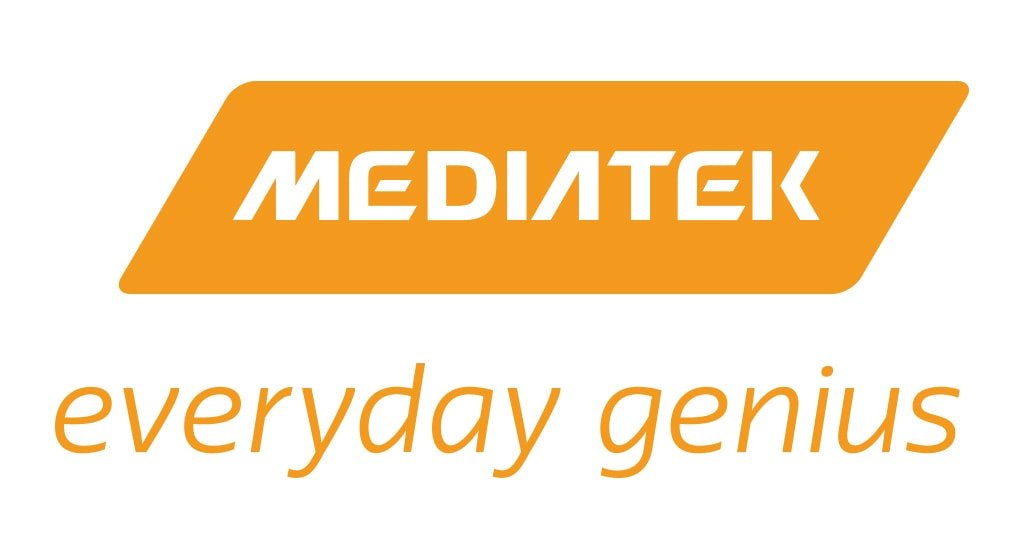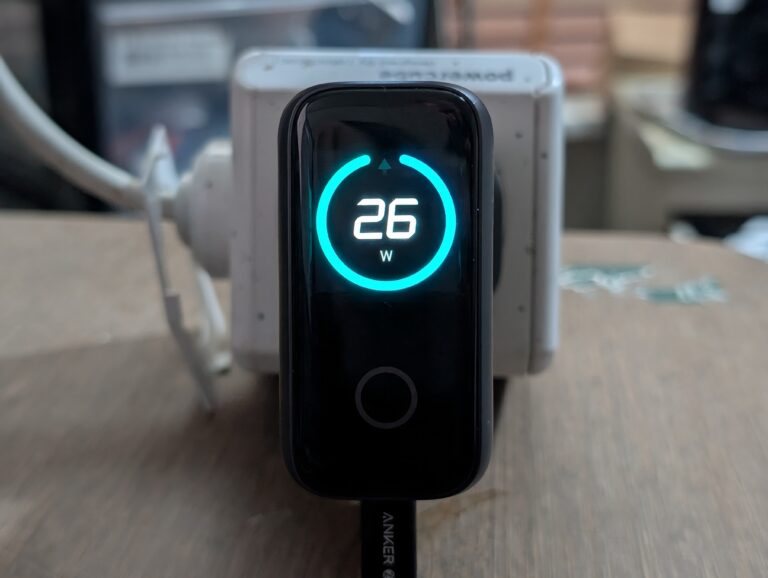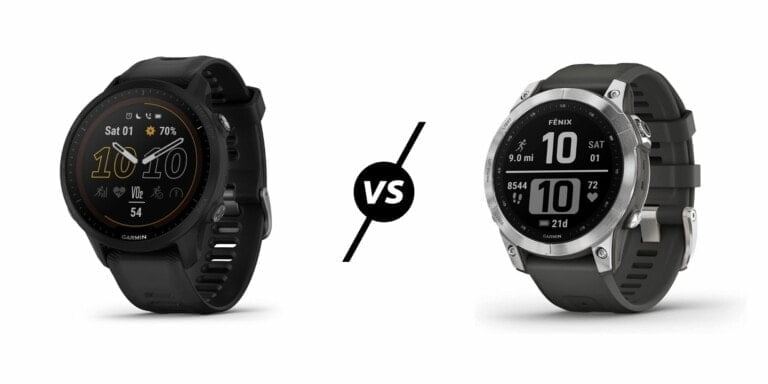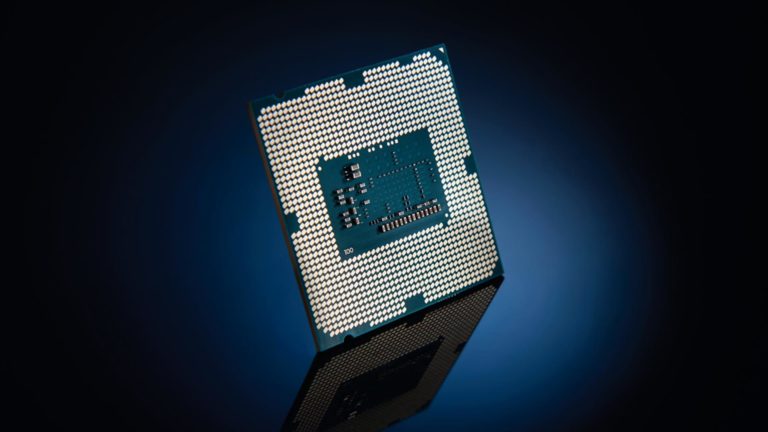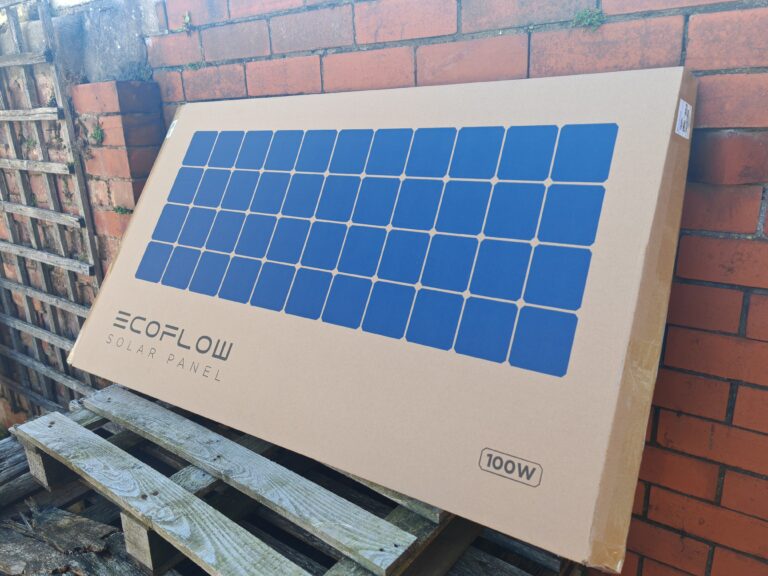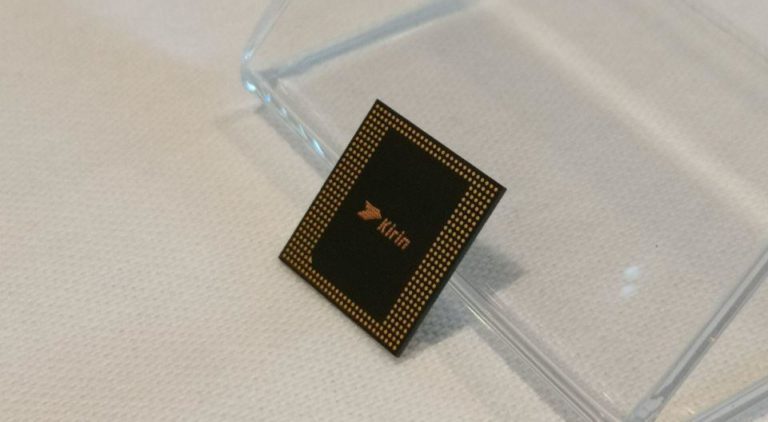Any links to online stores should be assumed to be affiliates. The company or PR agency provides all or most review samples. They have no control over my content, and I provide my honest opinion.
Synthetic benchmarks are not the best indicator of true to life performance at the best of times. MediaTek is the latest company to fall foul of the rules by coding a sports mode into the firmware files that assign a boost to the phone’s performance when it detects many popular benchmarks.
They are not the first company to inflate the performance of a phone in a benchmark, and they won’t be the last, but it does now raise the question on how good the popular MediaTek Helio G90t is compared to the likes of the Qualcomm Snapdragon 730G?
Following a report carried out by AnandTech, UL Benchmarks, the company behind PC Mark and 3D Mark has now delisted a wide range of devices featuring Mediatek chipsets.
This includes all devices featuring:
- MediaTek Helio G90
- MediaTek Helio G70
- MediaTek Helio P95
- MediaTek Helio P90
- MediaTek Helio P65
- MediaTek Helio P60
- MediaTek Helio P20
- MediaTek Helio A22
This has resulted in 50 devices from more than 25 different vendors and this includes the Realme 6 which is one of my most recent reviewed, the incredibly popular Xiaomi Redmi Note 8 Pro which I reviewed last year, and the Oppo Reno3 Pro 4G.
Interestingly, the MediaTek Dimensity 1000l has not been caught out for cheating, so I guess that is good enough that they didn’t see fit to add this code.
In the AnandTech report, the code that enabled the sports mode code cause a 30% spike in the overall score, with up to a 75% difference in important subtests such as the writing workload
Mediatek have responded to the accusations to say that the code is there to show the full potential of phones running these chipsets. There is no apology or any comment about stopping this practive.
Oppo, one of the brands caught up in this problem, have announced they will push an update to disable this sports mode. Realme are an off-shoot of Oppo and I would imagine they will follow suit.
Performance Mode
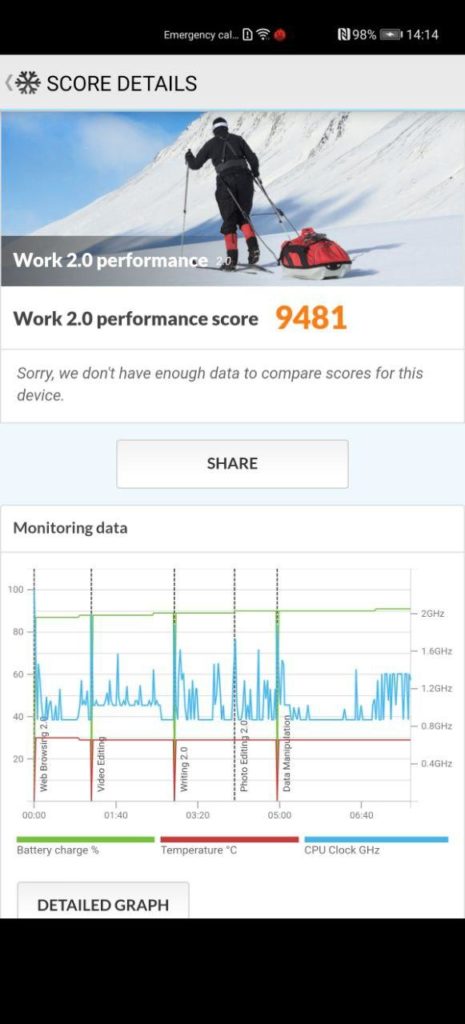
Huawei P40 Pro in normal mode 
The difference performance mode makes
In recent years, many, if not most companies have found ways to inflate the scores without cheating, they have a user-enabled option under the battery settings to enable performance mode. This needs to be off by default to abide by benchmarking rules, but enabling it will normally let the phone run at its maximum frequencies.
Some brands such as Realme even have three performance modes, smart is the default, then no performance enhancements or performance mode are the two other options.
This leads to some ambiguity about what smart mode does. In my testing on PC mark, the phones do benchmark higher than expected, and the frequencies do appear to get locked.
However, all phones vary their frequency depending on the application so it can sometimes be hard to say if one brand is inflating the scores, or they just handle power management differently.
With all the bad press Huawei has had recently, you might think they would be a brand that does cheat scores, but in my recent review of the P40 Pro, and the analysis of the Kirin 990 5G performance I found their PC Mark lower than expected.
Upon closer inspection, the CPU frequencies vary a lot, rarely going above 1.5Ghz in the PC Mark test. This then leads to a lower than expected over result, but an outstanding battery life performance. Whereas the Realme devices I have tested scored high on PC Mark but then only tested OK for the battery.
The reality is likely that Huawei just has a very good grasp of what is required for optimal all-round performance balancing both power and battery. Whereas other brands focus more on raw overall performance in every scenario.
Overall
We knew synthetic benchmarks were questionable in the first place, all this new information does is confirm it more.
Many consumers are still going to look at benchmarks as it gives them some sort of objective number to gauge performance (even if it is inaccurate). The media, including myself, are still going to run and post about these benchmarks because it allows us to give objective numbers to the performance, plus it drives traffic.
I am James, a UK-based tech enthusiast and the Editor and Owner of Mighty Gadget, which I’ve proudly run since 2007. Passionate about all things technology, my expertise spans from computers and networking to mobile, wearables, and smart home devices.
As a fitness fanatic who loves running and cycling, I also have a keen interest in fitness-related technology, and I take every opportunity to cover this niche on my blog. My diverse interests allow me to bring a unique perspective to tech blogging, merging lifestyle, fitness, and the latest tech trends.
In my academic pursuits, I earned a BSc in Information Systems Design from UCLAN, before advancing my learning with a Master’s Degree in Computing. This advanced study also included Cisco CCNA accreditation, further demonstrating my commitment to understanding and staying ahead of the technology curve.
I’m proud to share that Vuelio has consistently ranked Mighty Gadget as one of the top technology blogs in the UK. With my dedication to technology and drive to share my insights, I aim to continue providing my readers with engaging and informative content.

